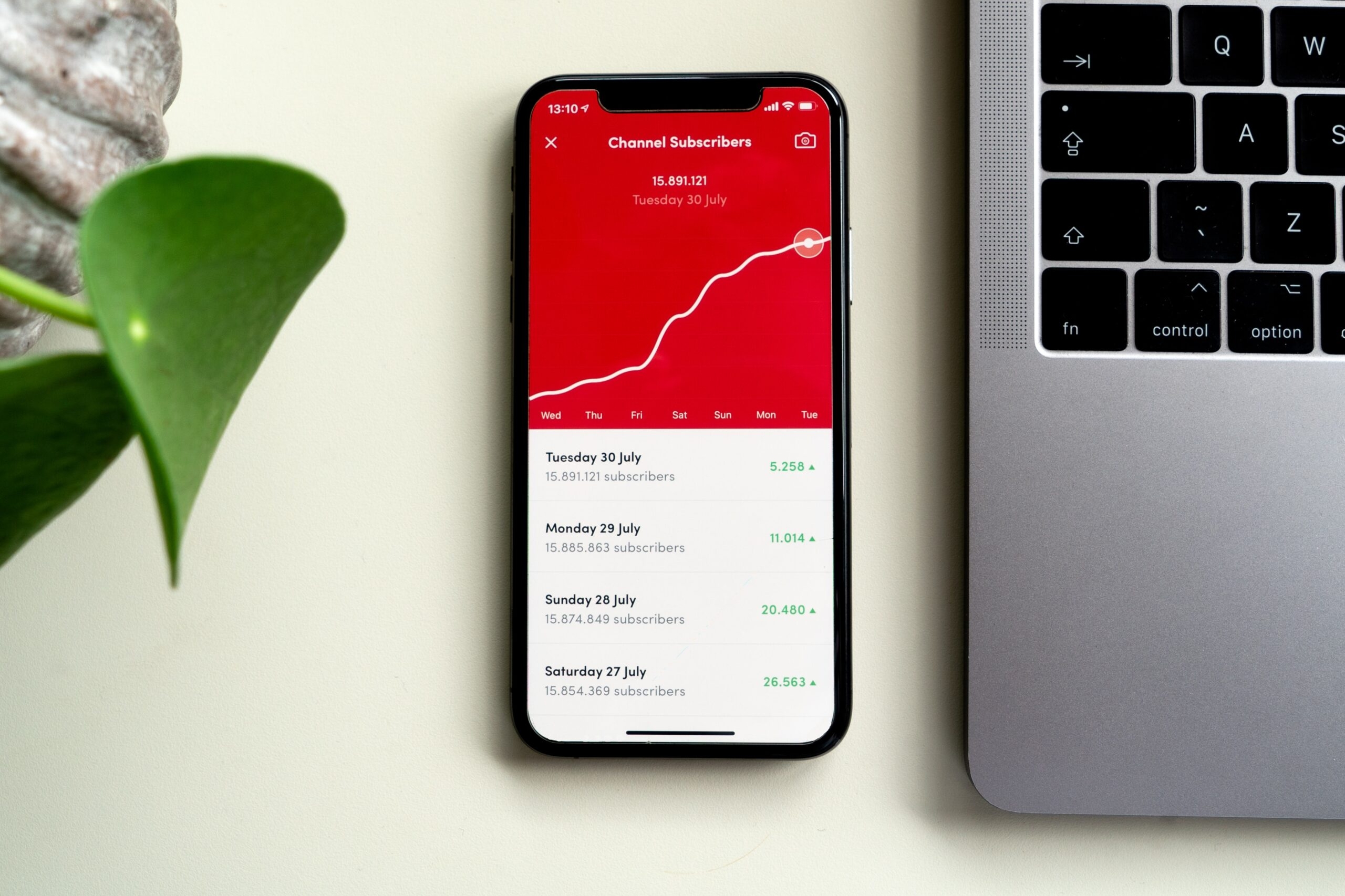How to Create an SEO Content Strategy: Create Content That Ranks
Creating content that captures and retains the attention of your audience, and also ranks high on search engines is crucial for success in today’s competitive business environment. Having an effective SEO content strategy is the key to achieving this through careful analysis of your market, audience and business category.
In this guide, we will outline the steps you need to take to create an SEO content strategy that ensures content visibility and reach.
SEO drives 1,000%+ more traffic than organic social media. (BrightEdge)

1. Understanding Your Audience
The first step in creating an effective SEO content strategy is to begin to understand your audience. This involves identifying their needs (from an information perspective), preferences, and most importantly, their search behavior. Here are a few ways you can achieve this:
– Create Buyer Personas: Using analytics and market research, create detailed profiles of your ideal customers, including their demographics, interests, and pain points so that you are able to create content that resonates with those details.
– Analyse Search Intent: Try to understand what your audience is looking for and actively searching for when they use specific keywords. Are they seeking information, looking to make a purchase, or just browsing? These types of intent can steer your content to cater to those needs more specifically.
2. Conduct Keyword Research
Keyword research is a fundamental part of SEO content creation which will guide your topics and approach. It helps you identify the terms, words and phrases your audience is using to search for information related to your area of business or niche.
Follow these steps:
– Use Keyword Research Tools: Different types of tools like Google Keyword Planner, Ahrefs, and SEMrush can be used to help you find the relevant keywords with high search volume and low competition. This will enable you to rank easier for search terms, helping to build your SEO presence.
– Identify Long-Tail Keywords: These types of phrases and keywords are longer and more specific phrases that are less competitive and more likely to convert. An examples of this could be, instead of targeting the keyword phrase ‘SEO tips’, you could target ‘SEO tips for small businesses’ which would be less competitive.
– Analyse Competitors: Look at the keywords your competitors are currently ranking for and identify gaps where you can create valuable content which will rival their current ranking. This can also be a good indicator of what keywords drive the most conversions and value, helping you optimise your SEO strategy to suit.
3. Plan Your Content
Once you have a list of target keywords and phrases, it’s time to plan your content creation. A well-structured, organised content plan with a good level of detail and research will ensure that you consistently produce high-quality, SEO-friendly content.
Here’s some tips on how to organise your plan:
– Content Calendar: Create a calendar to schedule your content with consistent new content being uploaded to the site per week. This will help in maintaining consistency and ensure content coverage all relevant topics over time.
– Content Types: Decide on which types of content you’ll use across your site, such as blog posts, articles, infographics, research reports, videos, or even podcasts. Different formats can help to attract different segments of your audience and appeal to their needs.
– Topic Categories: Group related content around main topics and categories. This helps to organise your content and make it easier for users and search engines to understand. This can also help to improve internal linking across your site to other relevant content.

4. Create High-Quality Content
Quality content that resonates with your audience is essential for a successful SEO strategy. Follow these guidelines to ensure your content stands out from your competitors and other content.
– Engaging and Informative: Your content should provide value to the reader and relate to what they searched for. Answer their questions, solve their problems, and keep them engaged on your website to ensure you rank higher by providing the right information in relation the their search term.
– Keyword Formatting: Use keywords in your headings (H1, H2, H3) to structure your content and rank better for those keywords. You can also break up text with bullet points, images, and videos to make it easier to read and flow better.
– Original and Unique: Avoid using duplicate content across your site by re using the same pieces of content. Offer unique insights and perspectives across every single piece of your content to differentiate your content from competitors.
– Visuals: Incorporate different types of visuals such as images, infographics, and videos to enhance the user experience and make your content easier to digest.
5. Optimise On-Page SEO
On-page SEO involves optimising individual pieces of content across your site in order to rank higher and earn more relevant traffic.
Here are some key aspects:
– Title Tags: Use compelling, keyword-driven titles that accurately reflect the content that follows.
– Meta Descriptions: Write concise meta descriptions that include primary keywords and encourage users to read more.
– Header Tags: Use header tags to structure your content and include keywords naturally. Create a structure using H1 – H6 tags while including keywords to rank higher.
– URL Structure: Create clean, descriptive URLs that include relevant keywords and are easy to understand.
– Internal Links: Link to other relevant pages and content across your site to improve navigation for users and boost SEO.
6. Promote Your Content to Drive Traffic
Promoting your content effectively ensures that it reaches a wider audience, helping to improve SEO by showcasing to search engines that your content is diverse and useful to a wider audience.
Here’s how to promote your content effectively:
– Social Media: Share your content across different social media platforms to drive traffic and engagement with different audiences.
– Email Marketing: Use email newsletters to notify your subscribers about new content. This method can prove particularly useful as the audience who receives your emails is likely to already be aware of your business.
– Guest Posting: Write guest posts for reputable sites in your niche to gain backlinks and exposure to your own content. This could be writing a blog post on a popular topic for a different website and including a link back to your own site.
– Influencer Outreach: Collaborate and partner with key influencers in your industry to expand your content’s reach and also reach new audiences.

7. Monitor and Analyse Performance
Regularly monitoring, benchmarking and analysing your content’s performance ensures you are able understand what types of content are working and what needs improvement across your site.
Use these tools:
– Google Analytics: Can be used to track a wide range of website metrics. Tracks traffic, bounce rates, and user engagement metrics.
– Google Search Console: Monitor your site’s search engine performance and identify any areas for improvement. You can also utilise this tool to understand what your site is currently ranking for and what keywords problem are using to find your site.
– Content Performance: Identify top-performing content and analyse what makes it successful. Use a variety of different tools to understand your content performance by looking into backlinks, keyword coverage, ranking and others. Popular tools such as SEM Rush can provide you with these details and identify areas for improvement.
8. Update and Repurpose Content
SEO is not a one-time effort that can be done and then left to its own devises. It is a constant process which needs to be continually monitored and optimised to rank better against competitors content. To maintain and continually improve your rankings, update and repurpose your content if it isn’t working well across search engines.
– Content Updates: Regularly update your content to ensure it remains relevant and accurate. Include extra content which is informative t your audience and include new types of media to accompany it.
– Repurpose Content: Turn blog posts and other wordy content into videos or infographics which might resonate better with new audiences. This will enable you to reach different audience segments and increase your awareness.
– Content Refresh: Refresh older content which doesn’t rank well with new information, statistics and other useful information. You can also utilise images, and links to boost the contents SEO value.
More interesting content...
Like this story? Share it on your social media...
For more of the latest content, why not subscribe to our mailing list...






